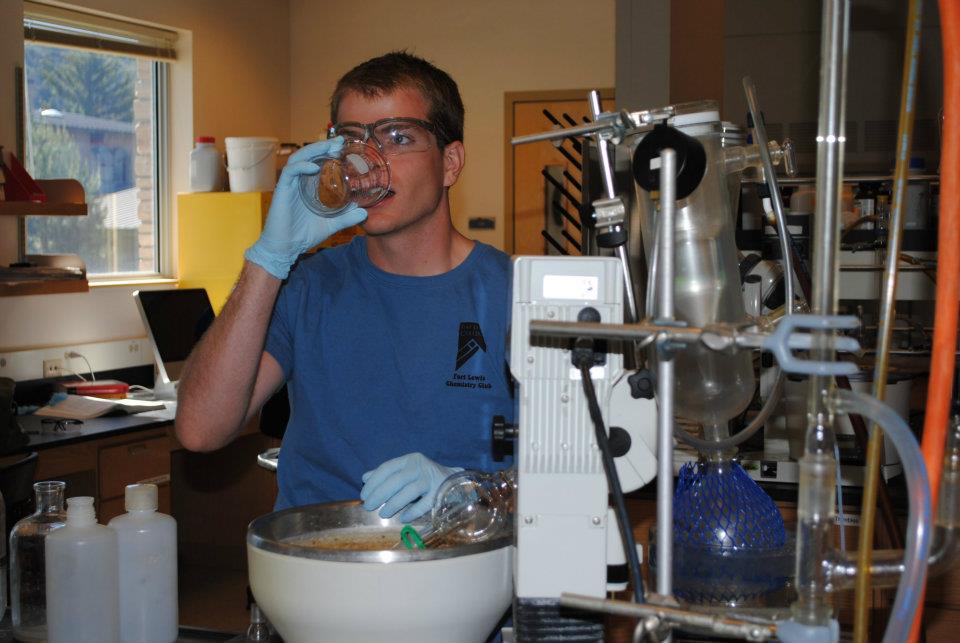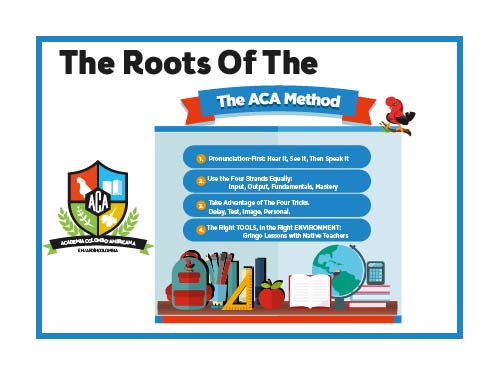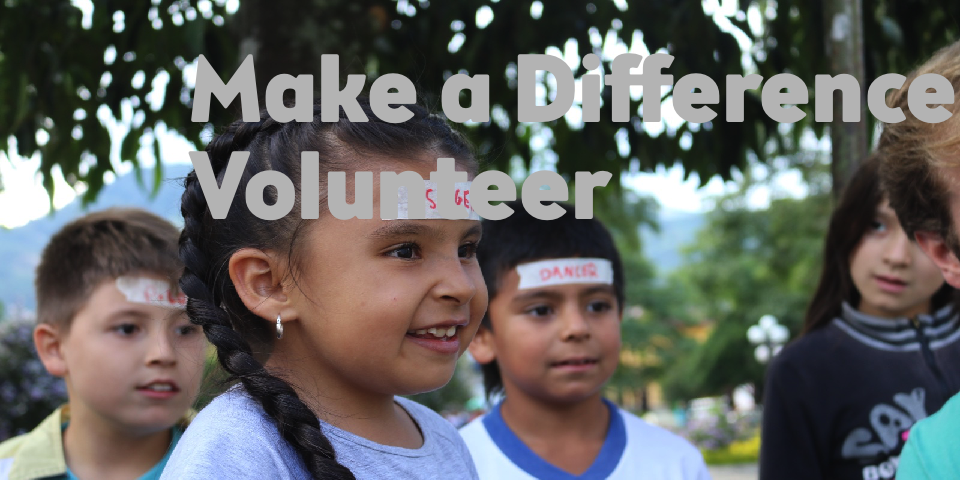I’ve spent over four years of my life outside of the country where I was born (USA). Eventually, living in a completely different culture and speaking a completely different language becomes second nature. Soon enough, you don’t even notice the differences. So its important to recount just how it was that I ended up where I am: an immigrant trying to make my mark in Colombia.
The First Inklings: Living Abroad In Spain For A Year

After barely starting my biochemistry degree, I took a scholarship to study abroad at the University of Salamanca, Spain. I worked like a dog the entire summer before I left to save up money – but I didn’t spend a single minute studying Spanish – a mistake that would end up costing me.
I’ll never forget how lonely I felt the first day upon arriving in Spain…
To put it bluntly, I was amazed at how few people spoke ‘understandable’ English. After getting into Madrid, and taking a train/bus combo to Salamanca, all I had to go on was an index card with a crazy address on it, starting with something like…
C/ Salamanca 2° …
I gave it to a taxi driver, who also spoke no English, and we were on our way…
When I arrived, all I saw were locked gates on an otherwise extremely quiet cobblestone streets but the taxi driver assured me this was the address. He got out to ring the bell and my ‘host mom’ came down to greet me.
The standard ‘two cheek’ kiss greeting was performed, I was ushered upstairs to the apartment, and after about ten minutes of confusing hand waving and gesturing I finally got across that, yes, a glass of water would be appreciated…
It soon dawned on me that my lack of Spanish would severely affect my life in Spain.
That first night, as I lay in bed listening to my ‘host parents’ have what I thought was a screaming match, I realized the error of my ways. Moving to a new country that speaks a different language? Try and learn as much of it as possible first. Sounds simple enough, but my caveman brain did not seem to be able to grasp the idea beforehand.
So I made it my mission to learn as much Spanish as possible, as effectively as possible.
I combed the ‘language acquisition’ literature, and became my own test subject. I tried every approach. But I credit most of my early success with ‘spaced repetition software’. The program I used was Anki: vocabulary, phrases, L2 to L1, L1 to L2, useful snippets of conversation, pronunciation tests, parts of songs where I would force myself to repeat back what I heard, imagery, etc.
It was basic: I only had the most shallow understanding of language acquisition, but my hard work paid off. In one month, I went from the Beginner level to the Advanced level, skipping Intermediate altogether, in what was apparently the only time in the history of the program where that had happened. Not bad. But I still had a long way to go. A new language, like playing a new instrument, isn’t something you learn in a month…
Biochemistry and Beyond

After my year in Spain, I came back to the States to finish my biochemistry degree. My Spanish would slowly deteriorate, as I got little chance to practice except for online pen pals, but as investigators like Bahrick have pointed out with concepts like permastore (Source: Retention of Spanish Vocabulary Over 8 Years) the forgetting curve may never completely fall to zero, i.e., I was able to retain a lot of my Spanish even unbeknownst to me.
I ended up teaching Biochemistry at the University level for a year. Teaching has always been in my blood. But my wanderlust wasn’t being sated remaining in the US. That year abroad in Spain, as culturally and linguistically challenging as it was, changed me forever. It made me comfortable in that uncomfortably alone and different setting – where everyone around you is the same and you are the odd one out.
Biochemistry and science however taught me how to systematically approach a problem. And as I realized I wanted to travel more, my ‘new problem’ became how to further my own second language acquisition. It brought up whole new questions:
Are there more and less efficient ways to learn a second language? Could I learn how to learn? How could I apply what I learned researching biochemistry in peer-reviewed academic journals to the idea of more efficiently learning Spanish?
Antigua, Guatemala: Spanish Schools and More


I knew I wanted to travel. I knew I wanted to continue learning Spanish. So I thought I’d combine the two and try going to an ‘immersive Spanish school’ in Antigua, Guatemala: a small town in Guatemala practically bursting with Spanish schools.
The idea is to take one-on-one lessons with native teachers, focusing on conversation. This seemed like a great contrast to my experience in Spain: traditional classroom lectures focused on more complex issues like grammar and orthography (fancy word for spelling).
Where Salamanca had a defined methodology across the entire University, Antigua seemed to be much more relaxed.
In fact, each teacher seemed to have their own style, and I was sufficiently advanced to where it really just ended up being conversational practice with Elizabeth, my teacher.
This worked out great for me. It allowed me to continue my exploration into self-study, while giving me real, concrete practice in the meantime.
And I ended up loving Guatemala so much I stayed there for six months. Instead of using it like the launching pad to exploring other countries, I stayed behind, continued to study, explored Guatemala, and generally fell in love with the traveler’s lifestyle all over again.
Coming to Colombia (and Staying)
After Guatemala, and a brief stint teaching high school Chemistry, I ended up in Medellin, Colombia, volunteering as an English teacher to ‘at-risk’ kids in an extremely poor (and ‘shady) part of the city (but extremely far from anywhere nearly touristy).

I had taught English before in Spain, but always with someone else’s Curriculum…
But this volunteer program was laid back, to say the least, so I was pretty much on my own.
Now, on top of working on my own Spanish, I had to learn how to teach my native language, English. This is what really started the wheels in motion in what became my ultimate (and still ongoing) quest: learning how to learn.
I learned that:
- the same skillset I applied in learning biochemistry could and should be used in learning language
- all languages, Spanish and English, shared a common mean in how you should learn them
- that learning languages was more like learning an instrument than anything else
- that lessons about HOW WE LEARN and HOW WE FORGET from neurochemical and psycholinguistic research are absolutely critical to successful language learning
- and that academic fields like applied linguistics and second language acquisition research had a lot to say that wasn’t being reflect in the classroom
From Spain, I learned the value of the traditional fundamentals of languages.
From Guatemala, I learned the value of high quality input, from a more conversational approach
In Colombia, I combine the best of both worlds: Gringo Lessons with Native Speakers to teach Spanish and English (as well as training local professors how to teach).
I became, and still am, absolutely obsessed with these ideas. They morphed into the ACA Method (ACASpanish.com) and even further changed how I teach chemistry/science to kids and adults.

After Medellin, I would move to Jardin, Antioquia. From there, I’ve also spent a significant amount of time in other towns but Jardin is truly a gem and Colombia’s most beautiful pueblo.
I fell in love with Colombia for a million and one reasons, which is a post in and of itself, and can’t see myself ever wanting to voluntarily leave (aka they’ll have to drag me away kicking and screaming).

